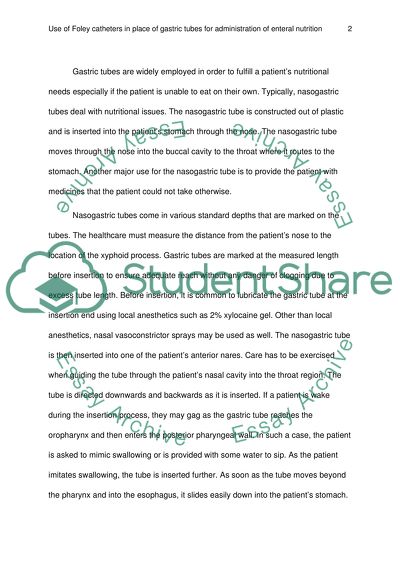Use of Folley Catheters in Place of Gastric Tubes for Administration Research Paper. Retrieved from https://studentshare.org/nursing/1456611-use-of-folley-catheters-in-place-of-gastric-tubes
Use of Folley Catheters in Place of Gastric Tubes for Administration Research Paper. https://studentshare.org/nursing/1456611-use-of-folley-catheters-in-place-of-gastric-tubes.


